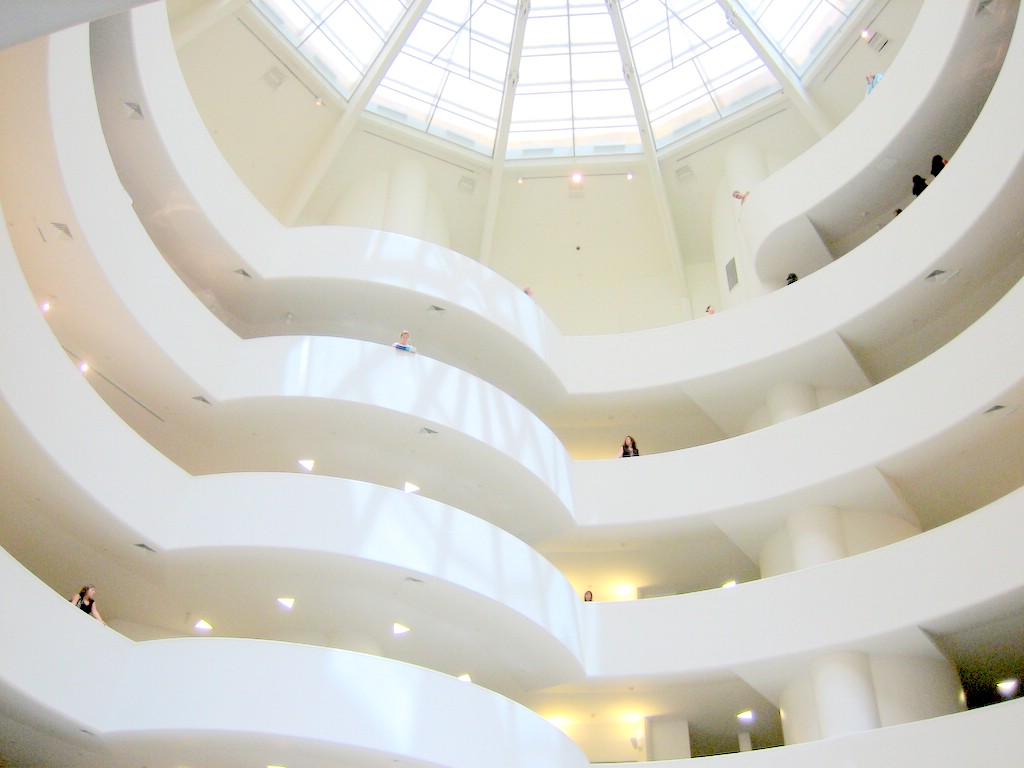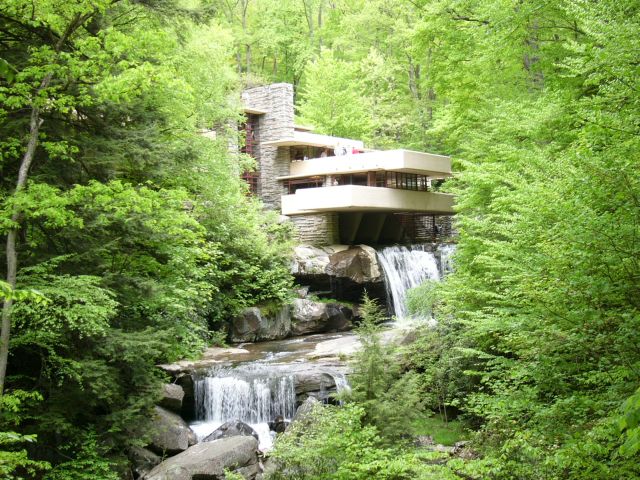The U.S. Nominates 10 Frank Lloyd Wright Buildings for the UNESCO World Heritage List
The United States has honored Frank Lloyd Wright -- widely considered the father of modern architecture -- by nominating ten of his buildings for inclusion on the UNESCO World Heritage List. This is the first time that the U.S. has included works of modern architecture on its ballot and the first time that it has nominated a new site since 2013.
According to UNESCO, to be included on the World Heritage List, a site must be of outstanding universal value and meet at least one out of the ten selection criteria, which includes “representing a masterpiece of human creative genius” and “serving as an outstanding example of a type of architectural building, which illustrates a significant stage in human history.” If added to the World Heritage List, the buildings would join the ranks of such iconic modern structures as the innovative Sydney Opera House by Danish architect Jørn Utzon and Spanish Catalan architect Antoni Gaudi’s sculptural works in Barcelona, including Parque Güel and Crypt of La Sagrada Familia.
The ten sites, which are located in seven states, span Wright’s influential and decidedly varied career. According to the Frank Lloyd Wright Building Conservancy, the selections are "the most iconic, fully realized and innovative of more than 400 existing works by Frank Lloyd Wright." The sites include Unity Temple in Oak Park, Illinois; the Frederick C. Robie House in Chicago; Taliesin in Spring Green, Wisconsin; the recently reopened Hollyhock House in Los Angeles; Fallingwater in Mill Run, Pennsylvania; the Herbert and Katherine Jacobs House in Madison, Wisconsin; Taliesin West in Scottsdale, Arizona; the Solomon R. Guggenheim Museum in New York City; Price Tower in Bartlesville, Oklahoma; and the posthumously-realized Marin County Civic Center in San Rafael, California. Each site has already been designated a U.S. Historic Landmark.
The list charts Wright’s diversified building career -- from his revolutionary open-plan Prairie Houses to his highly expressive, intensely personal Guggenheim design. Wright, a Wisconsin native, designed commercial buildings, apartment towers, recreational complexes, museums, religious houses, residences, furniture, lighting fixtures, textiles, and art glass. According to the Frank Lloyd Wright Foundation, “he redefined our concept of space, offering everyone the opportunity to live and grow in nourishing environments, connected physically and spiritually to the natural world.”
Depending on UNESCO’s evaluation process, the sites could be added to the World Heritage List as early as the summer of 2016. While UNESCO does not safeguard sites on the World Heritage List, it aims to drive tourism and boost local economies, which could potentially facilitate preservation.





























